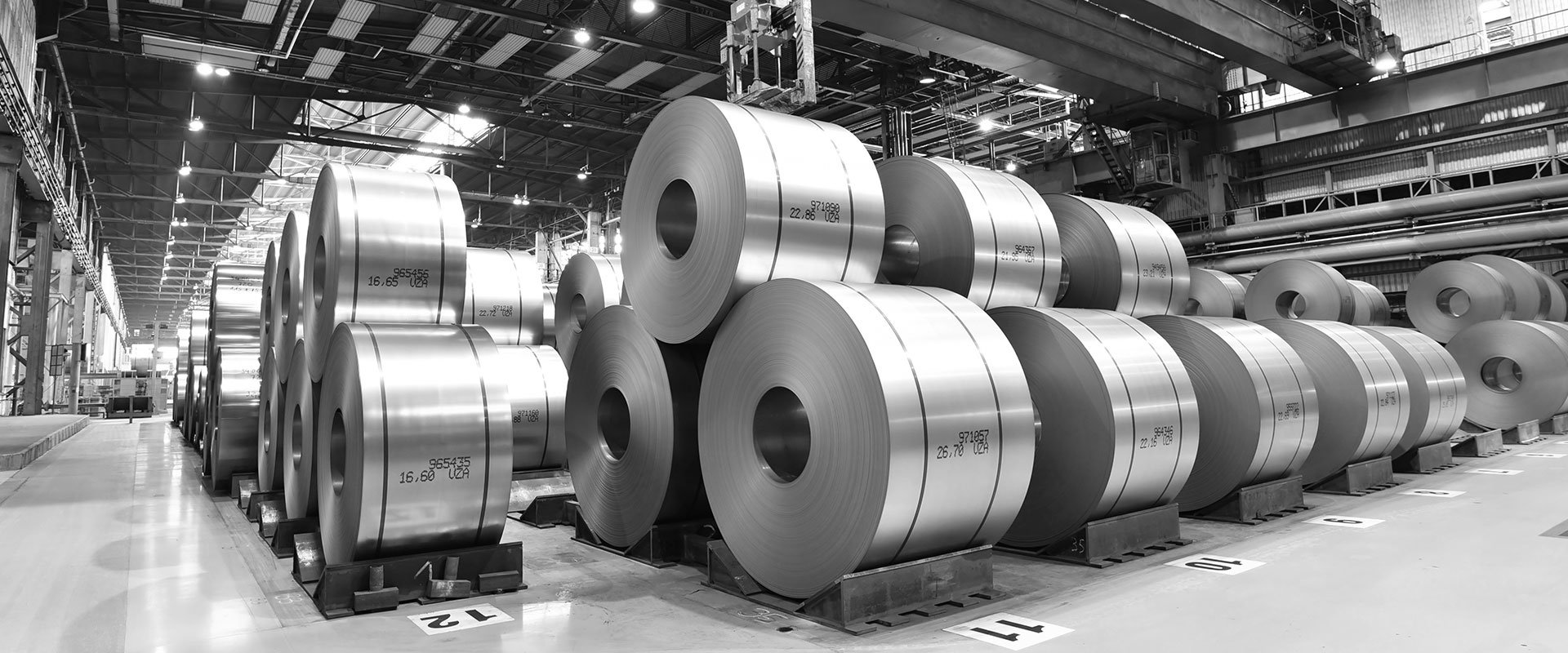Today there is a lot of talk about AI and Industry 4.0. However, many world reknown companies are still creating their production plans manually in Excel. Should the main task of production planning, namely, to synchronize all production activities and strive for maximum efficiency, continue to be performed manually?

Is management aware of the problems and their impact?
In a supply chain there may be hundreds of rules and restrictions regarding customer specifications and production processes and it is virtually impossible to do comprehensive calculations for such complex planning manually. As a result, not much has changed and many companies continue to struggle with the same old exasperating and costly problems of frequent missing parts, stagnation of semi-finished goods, long lead times and high inventory. These, however, are fundamental core features issues that directly impact manufacturing costs, delivery times, on-time delivery, and customer satisfaction.
Stagnation of work-in-process and non-value-added times and problems caused by missing parts are problems which are immediately recognizable on the shop floor (Gemba).
Is management aware of these basic problems?
Go to Gemba
Senior management is often busy with their day-to-day routine – innumerable meetings, receiving and writing reports, etc. The real causes for problems can seldom be identified or eliminated by the discussions, reports and cost breakdowns that take place in the board room. The key to real problem solving is to be found in Gemba (the actual place of action). Therefore, I always encourage management to do the Gemba Walk frequently, ideally every day, in order to deal with emerging or unresolved problems quickly.
Ask why – at least 5 times
Classic quality management methods use various objective analytical tools to analyze and solve problems. But for Toyota Motors, one of the world’s Leanest companies, the best way to find the root cause of problems is still - ask the 5 Whys.
Here is an example of the 5 Why process
- Why are we doing the production planning manually in Excel?
Answer: The output from the planning software we installed 3 years ago is not realistic and therefore not feasible. - Why is the planning output neither realistic nor feasible?
Answer: The production sequencing for all production resources is in error and process synchronization is inaccurate. - Why is the order sequencing for resources incorrect?
Answer: Our planning software cannot adequately map the detailed rules and restrictions for all processes. - Why did we implement such an expensive yet ineffective software?
Answer: We solicited offers from several vendors but in the end decided on that of our MES supplier. - Why didn’t we ask for a prototype before deciding on the software from our MES supplier?
Answer: Because this is not standard procedure in our company when selecting a software.
Conclusion / the real reason why Excel is being used in planning - the standard procedure for software selection is flawed.
Quote of Taiichi Ohno (former Vice President of the Toyota Group and co-founder of the Toyota Production System)
“I am a rigorous practitioner of Gemba… even after I became a manager, I could not leave Gemba, which is the main source of all information in a manufacturing company. And now that I am a member of top-management I feel the necessity for Gemba even more.”
Author:
Keiji Fujii, Managing Partner of KPC Production System Engineering GmbH
Partner company: Asprova GmbH
World No.1 APS Production Scheduler
www.asprova.eu